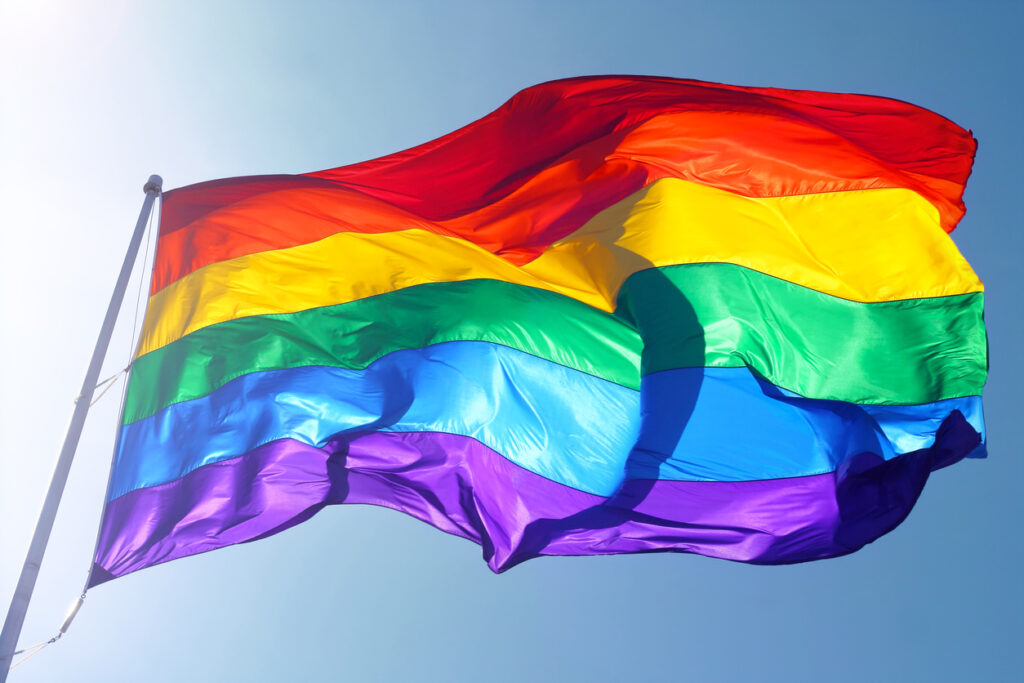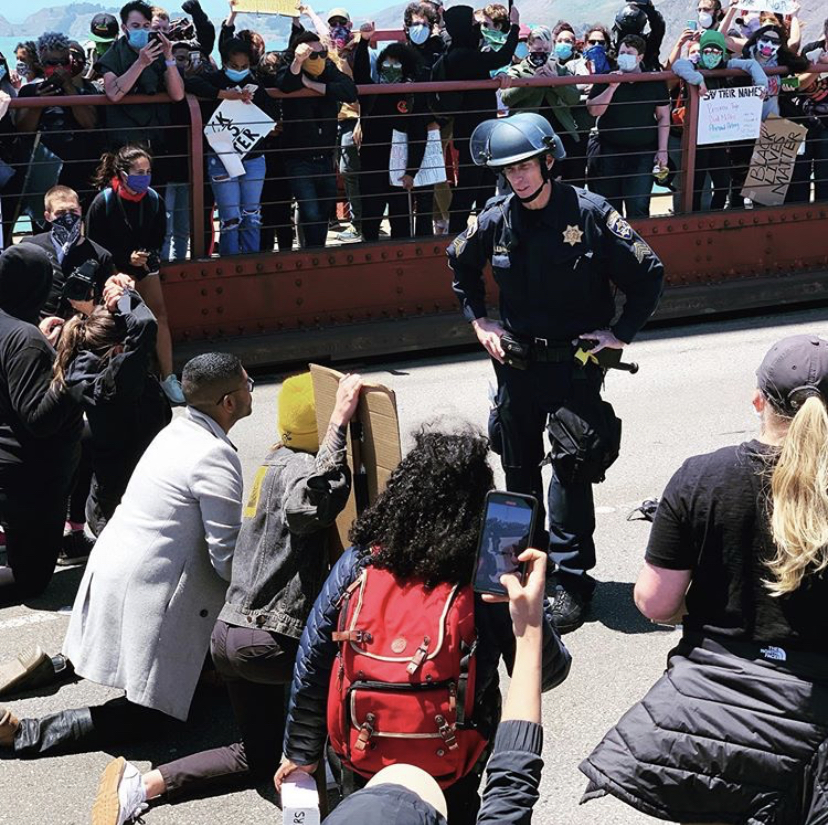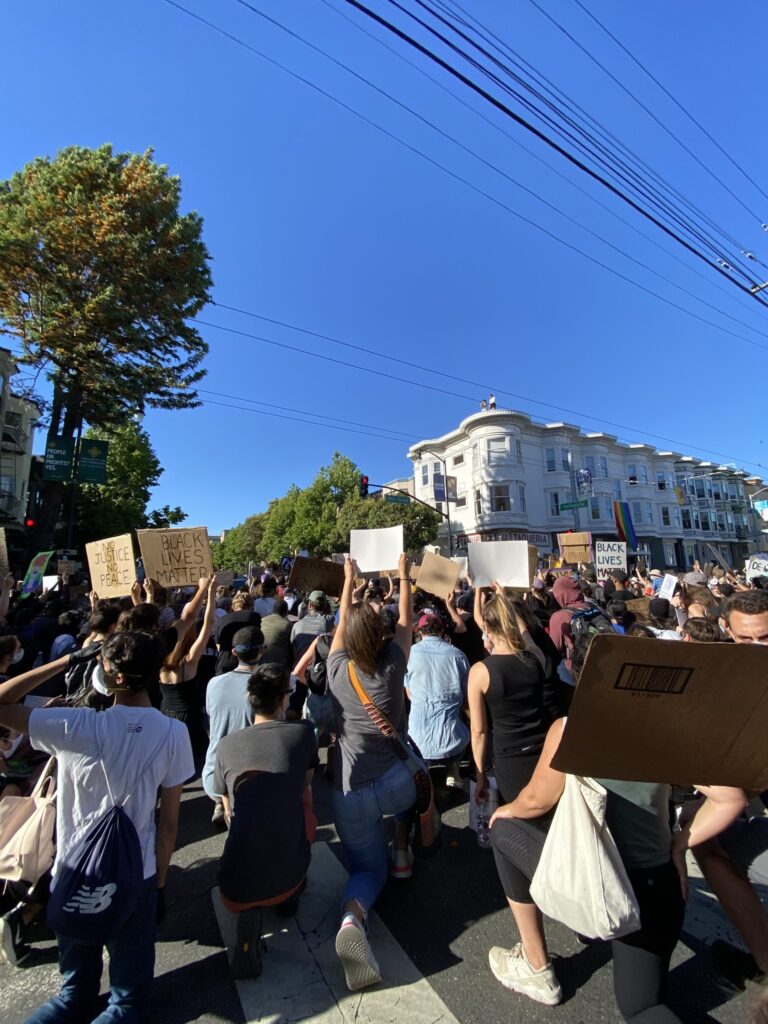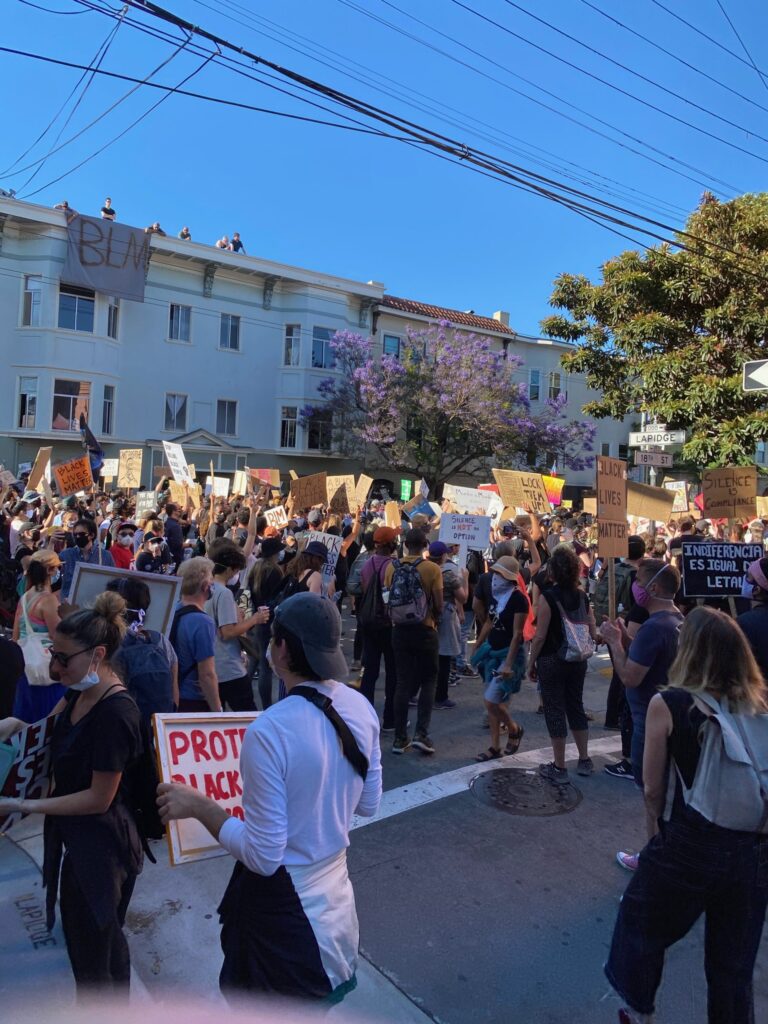What the impact of the Supreme Court’s decision will mean for LGBTQ employees
Written by: Matt Gramly On Monday June 15, 2020, the United States Supreme Court handed down a decision stating with firmness and clarity that any employer who fires an employee for being gay or transgendered is in violation of the law. The law being violated in that instance would be the Title VII of the …
What the impact of the Supreme Court’s decision will mean for LGBTQ employees Read More »





